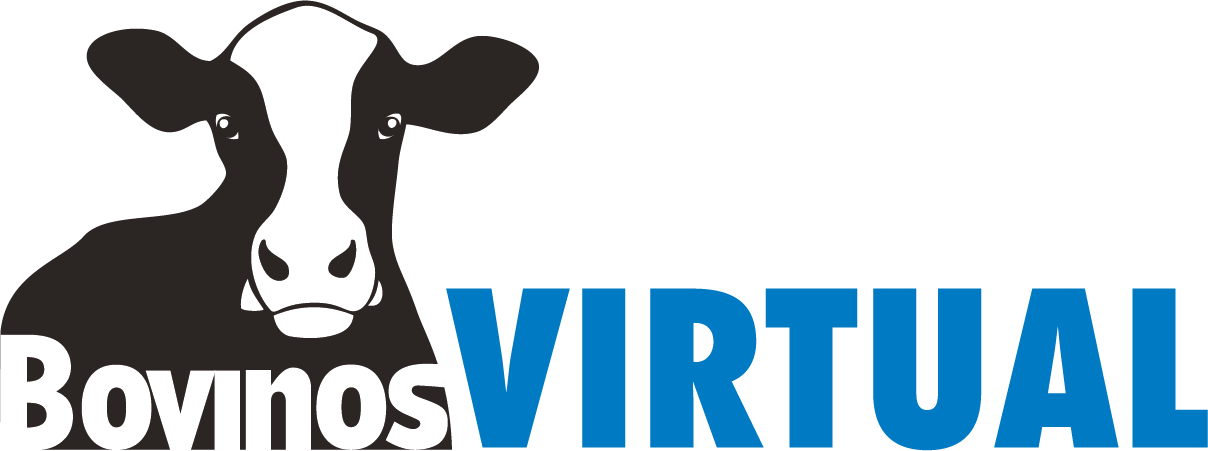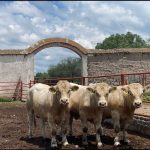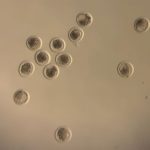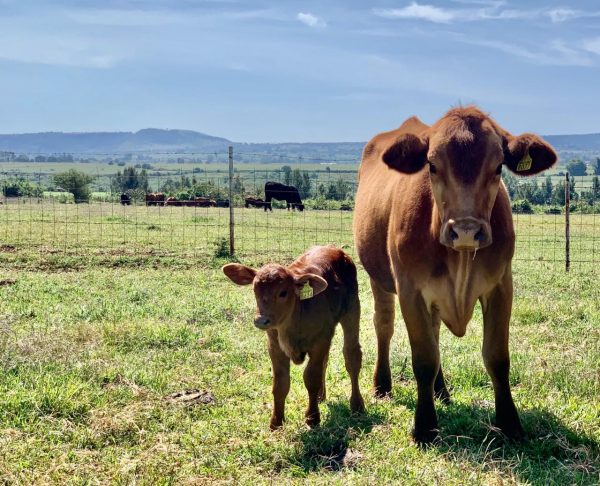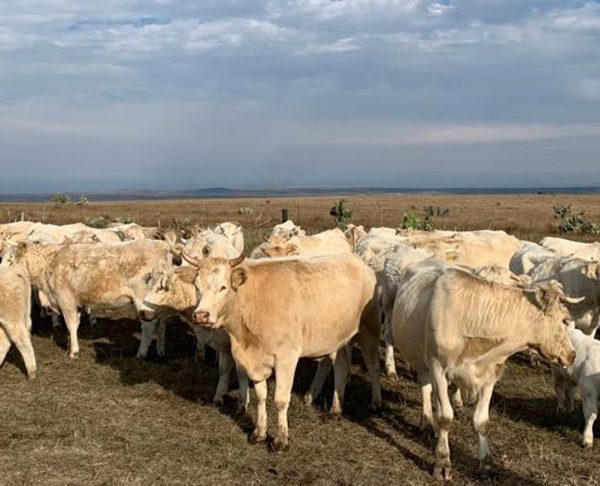Vaginal prolapse in cattle is a condition that can occur during calving or in situations of physical stress. This phenomenon is characterized by the abnormal displacement of vaginal tissue outside the vulvar opening, and timely intervention is essential to ensure the health and well-being of the animals.
Causes of Vaginal Prolapse in Cattle:
Vaginal prolapse in cattle can have various causes, with calving being one of the most common. During the calving process, pressure on pelvic tissues can lead to the weakening of muscles supporting the reproductive organs. Additionally, the presence of dystocia, or difficulties in calving, can significantly increase the risk of prolapse.
Factors such as inadequate body condition, poor livestock management, or stress can contribute to pelvic floor weakness, exacerbating susceptibility to vaginal prolapse. It is crucial to understand the specific conditions surrounding each animal to effectively address this condition.
Symptoms and Diagnosis:
Symptoms of vaginal prolapse in cattle are evident and typically include the presence of visible vaginal tissue outside the vulva. Swelling and redness may also accompany this condition. Accurate diagnosis is achieved through a thorough clinical evaluation by a veterinarian, who will determine the severity of the prolapse and look for possible underlying causes.
Treatment:
Treatment of vaginal prolapse in cattle should be carried out by a veterinary professional. Firstly, a thorough cleaning of the prolapsed tissue is performed to prevent infections. Subsequently, lubrication is applied to facilitate the repositioning of the prolapse to its original position.
Repositioning the prolapse involves careful handling to avoid additional injuries. In some cases, sutures may be used to hold the tissue in place, and retention devices may be implemented to prevent recurrences. The use of medications, such as anti-inflammatories or antibiotics, may be recommended depending on the clinical situation.
Prevention:
Preventing vaginal prolapse in cattle involves implementing proper management practices. This includes maintaining optimal body condition in pregnant cows, providing safe calving facilities, and ensuring calm and stress-free handling. Additionally, close monitoring during calving can help identify and address any early signs of dystocia.
Nutritional Management:
Nutrition plays a crucial role in preventing vaginal prolapse. Ensuring a balanced diet, rich in essential nutrients, contributes to maintaining overall health and tissue strength. Consultation with a veterinary nutritionist can be beneficial in designing feeding plans that meet the specific needs of the livestock.
Potential Complications:
If not adequately addressed, vaginal prolapse in cattle can lead to serious complications. Continuous exposure of the tissue can result in infections, chronic inflammation, and, in extreme cases, necrosis. These complications can adversely affect the reproductive capacity of the cow and its overall well-being.
Importance of Veterinary Care:
Timely veterinary care is essential for the successful management of vaginal prolapse in cattle. Veterinary professionals have the necessary expertise to assess the severity of the prolapse, identify possible contributing factors, and apply appropriate treatment. Additionally, they provide guidance on preventive measures and management strategies to reduce the risk of recurrence.
